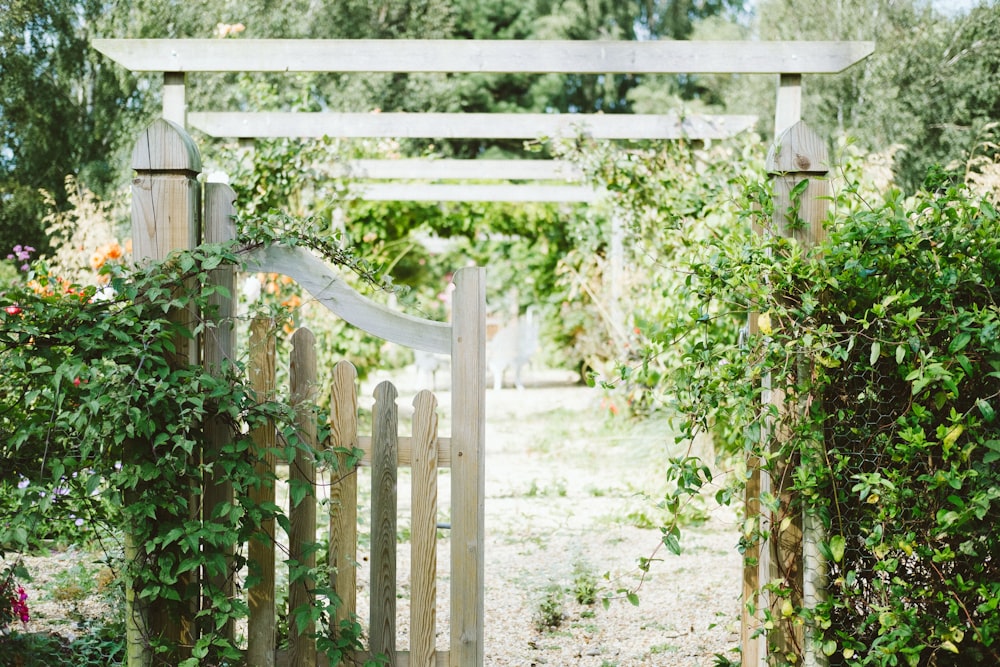
Breathing Easy: Transforming Indoor Air Quality
In the pursuit of a healthy and comfortable living environment, indoor air quality improvement has become a paramount concern for homeowners. The air we breathe indoors can significantly impact our well-being, and adopting measures to enhance air quality is an investment in long-term health and overall quality of life.
Understanding Indoor Air Quality Challenges
Indoor air quality is often compromised by pollutants such as dust, pet dander, mold, and volatile organic compounds (VOCs). These contaminants can lead to respiratory issues, allergies, and even more severe health problems. Identifying and understanding these challenges is the first step towards creating a plan for improvement.
Proper Ventilation as a Foundation
Adequate ventilation is crucial for maintaining good indoor air quality. Properly designed ventilation systems ensure a continuous flow of fresh air while expelling pollutants. Regular maintenance of HVAC systems, including cleaning or replacing filters, is essential to prevent the buildup of dust and allergens.
Air Purification Technologies
Advancements in technology have brought forth various air purification solutions. High-efficiency particulate air (HEPA) filters, UV-C light purifiers, and ionizers are among the technologies designed to capture and neutralize airborne pollutants. Integrating these technologies into homes can significantly improve air quality by reducing the presence of harmful particles.
Humidity Control for Healthier Air
Controlling indoor humidity levels is a key factor in preventing mold growth and the proliferation of dust mites. Both of these thrive in humid environments. Dehumidifiers can help maintain optimal humidity levels, particularly in basements and areas prone to moisture accumulation.
Natural Ventilation and Cross Ventilation
Embracing natural ventilation strategies is an eco-friendly approach to indoor air quality improvement. Opening windows and doors strategically to allow fresh outdoor air to circulate can be particularly effective, especially during times of the year when the weather permits.
Indoor Plants for Air Purification
Nature offers a simple yet effective solution for improving indoor air quality – plants. Certain houseplants, such as spider plants and peace lilies, have air-purifying properties. They absorb pollutants and release oxygen, contributing to a healthier indoor environment.
Regular Cleaning Practices
Maintaining a clean living space is fundamental to controlling indoor air quality. Regular dusting, vacuuming with HEPA filters, and deep cleaning carpets can help minimize the accumulation of allergens and particulate matter. Paying attention to often-overlooked areas, like curtains and blinds, is equally important.
Educating Occupants on Best Practices
Creating awareness among occupants about indoor air quality and promoting best practices is crucial. Simple habits, such as avoiding smoking indoors, using non-toxic cleaning products, and keeping windows open when possible, contribute to sustaining improved air quality over time.
Holistic Approaches to Indoor Wellness
Indoor air quality improvement should be approached holistically. Integrating mindfulness about the impact of furniture and building materials on air quality during the design phase of a home can lead to sustained benefits. Choosing eco-friendly and low-VOC materials can make a significant difference in the long run.
Investing in Health and Comfort
In conclusion, addressing indoor air quality is not just a matter of comfort; it’s an investment in health. From adopting advanced technologies to embracing natural solutions and cultivating mindful habits, there are various approaches to enhance the air we breathe indoors. A commitment to continuous improvement ensures that our living spaces promote well-being and comfort.
For more insights into indoor air quality improvement, visit Indoor Air Quality Improvement. Explore strategies and innovations to create a healthier and more comfortable living environment.


